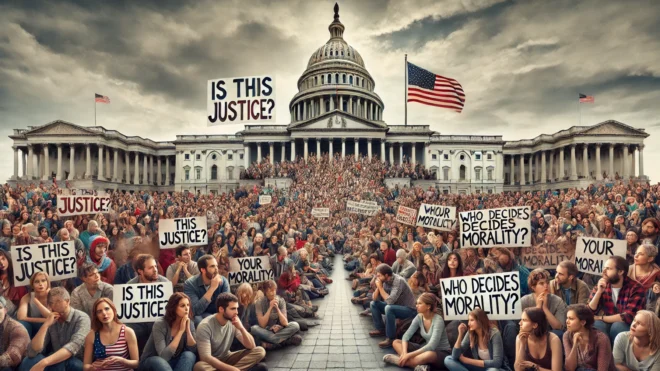Historically in Christian liturgy, Advent was supposed to be a sort of penitential time, a little Lent leading up to Christmas, as Lent led up to Easter. Anglican hymnbooks have an Advent section and a Christmas section. Songs like “O Come O Come Emmanuel” are in the Advent section; most major Christmas carols, from “Silent Night” to “O Come All Ye Faithful” are in the Christmas section. In church, it is not until the afternoon of December 24 that the songs in the Christmas section are sung! And they can be sung until January 5, the day before Epiphany. In many cultures, such as Brazil and New Orleans, seven weeks before Easter is Carnival, which is a raucous time of festival before we say ‘goodbye to meat’ which is the meaning of ‘Carnival’. [I confess that I find high carb desserts, breads, and wines to be much more indulgent than animal foods myself, and much more destructive of my figure!] In some countries, such as Germany, the whole season from Epiphany, January 6, to Ash Wednesday is a time of wild partying called Fasching; to the extent that if a German admits to an October or November birthday, i.e., nine months after Fasching, giggles and snickers are heard concerning his parentage.
But it seems that Americans have inverted this order. The Advent season is a time of parties and festivities, though it is also a burdensome and expensive time of shopping; and after New Year’s Day, the eighth day of Christmas, New Years’ resolutions kick in, and people for a while try to follow them; some of them have to do with our moral character or our civil habits, but the majority of them have to do with health and weight; is the true American season of fasting! The first break in this comes with Valentine’s Day, which is basically, for anyone over 14, a festival of Eros and Chocolate; then in mid to late March, which is usually before Easter, therefore coinciding with Christian Lent and Holy Week, comes Spring Break, the true Carnival of Americans. The period after Easter, a time of celebration in the Christian calendar, becomes again a sober time of restraint and concern with work and with working on ‘beach bodies’. Memorial Day, though still cool on the California coast and in New England and other areas, marks a shift into summer celebrations; then in mid August it’s back to school and, in many ways, the real beginning of the year! Then Halloween again initiates the season of festival.
Good Friday and Easter, theologically more important than Christmas, and still outranking Christmas in significance in southern and eastern Europe, have become minor festivals and predominantly religious holidays [except for a few eggs and bunnies] in America and the northwest of Europe. Part of it, beyond secularization, is the fact that the Easter and the feasts tied to it [Carnival and Pentecost] are lunar, and shift back and forth over the space of five weeks. The only other holiday that is lunar, and shifts as much, is the Chinese and Vietnamese New Year. I think holidays that shift by such a wide range may be difficult for us in the modern world to adapt to, with our highly scheduled lives according to the regular solar calendar that we use; a holiday varying over a five week period is difficult to adapt to. I would still like to see the church observe the Christian Year; but it will be yet another way in which believing Christians stand against the culture, in addition to our sexual practices and our Holy Matrimony customs.



